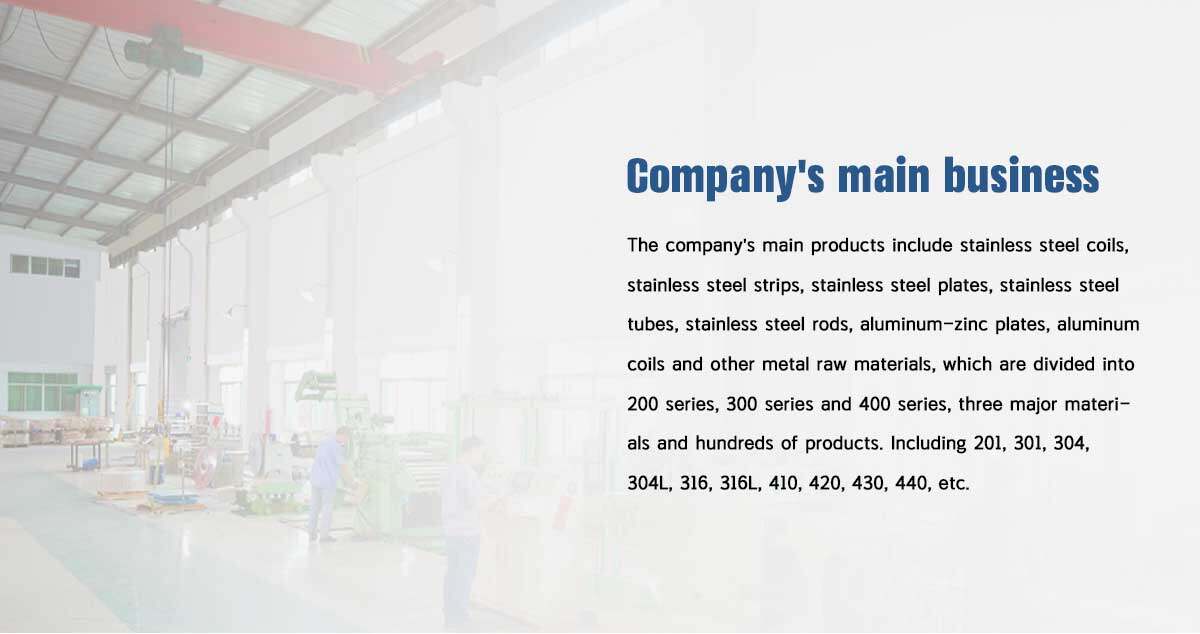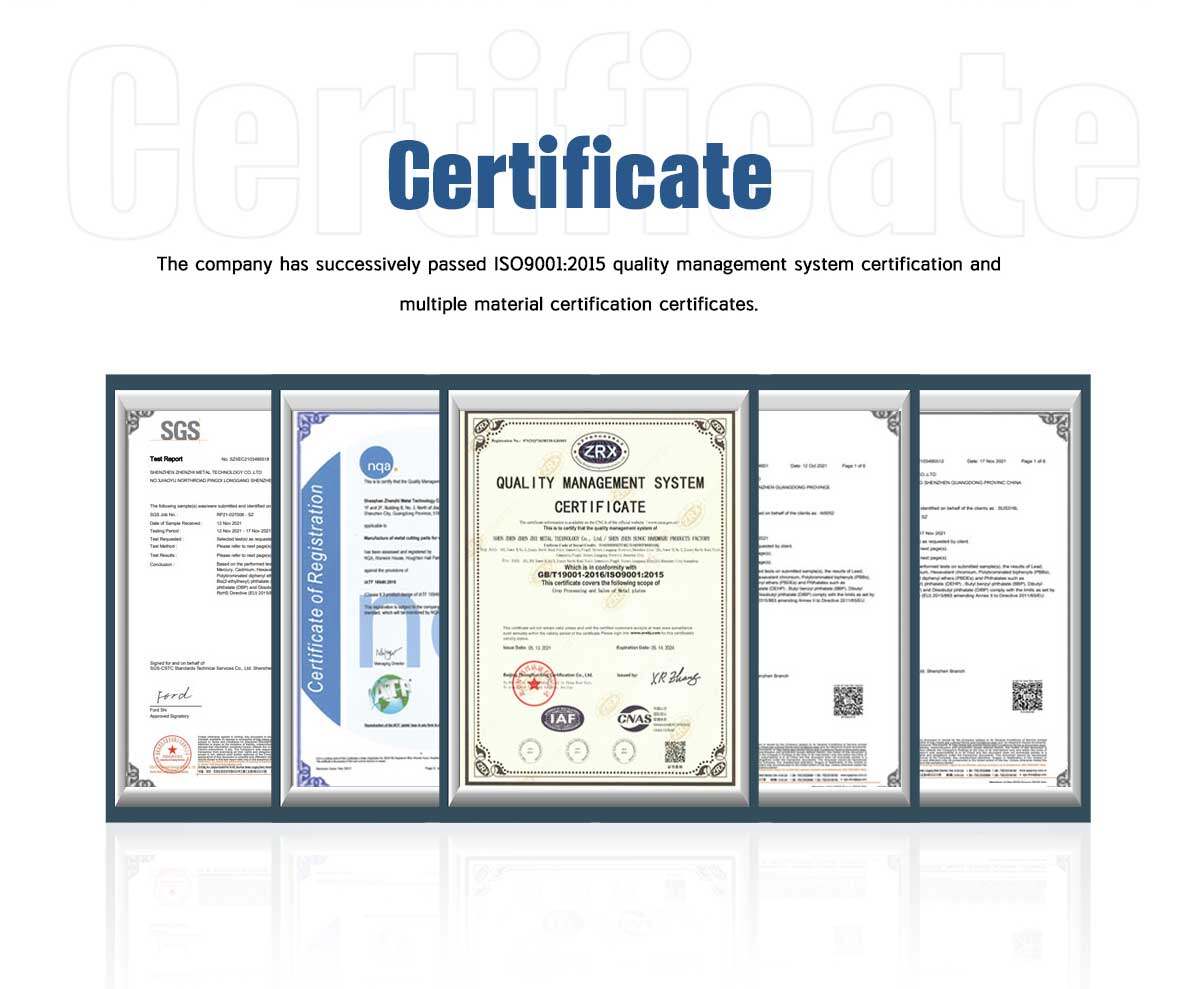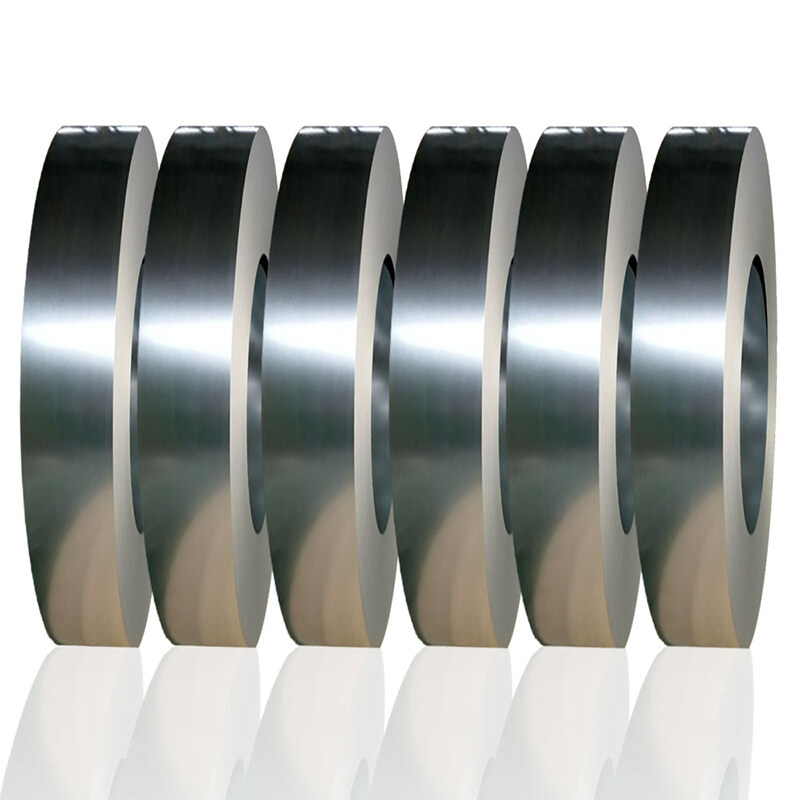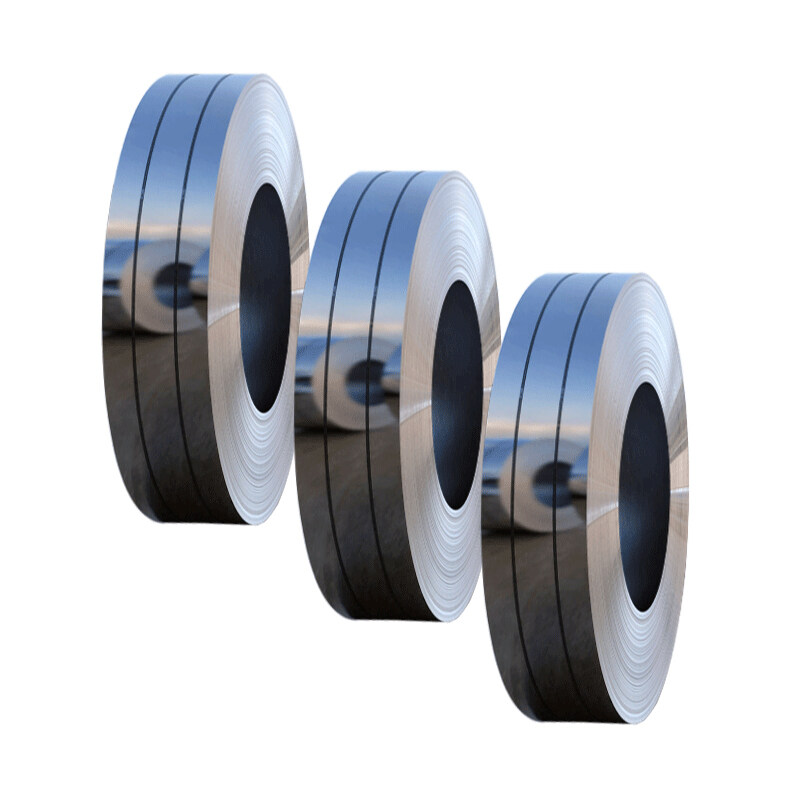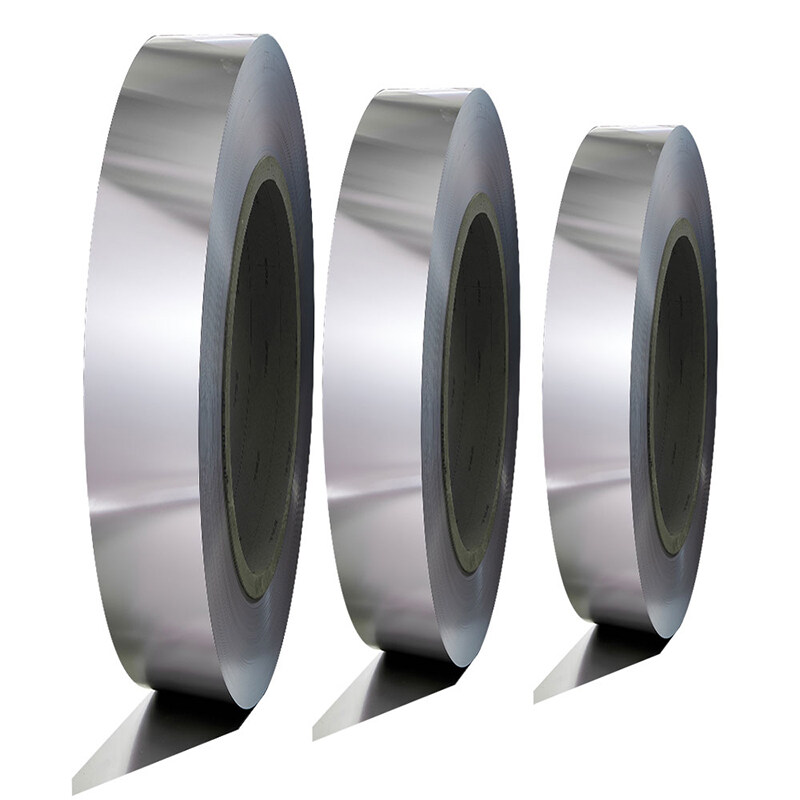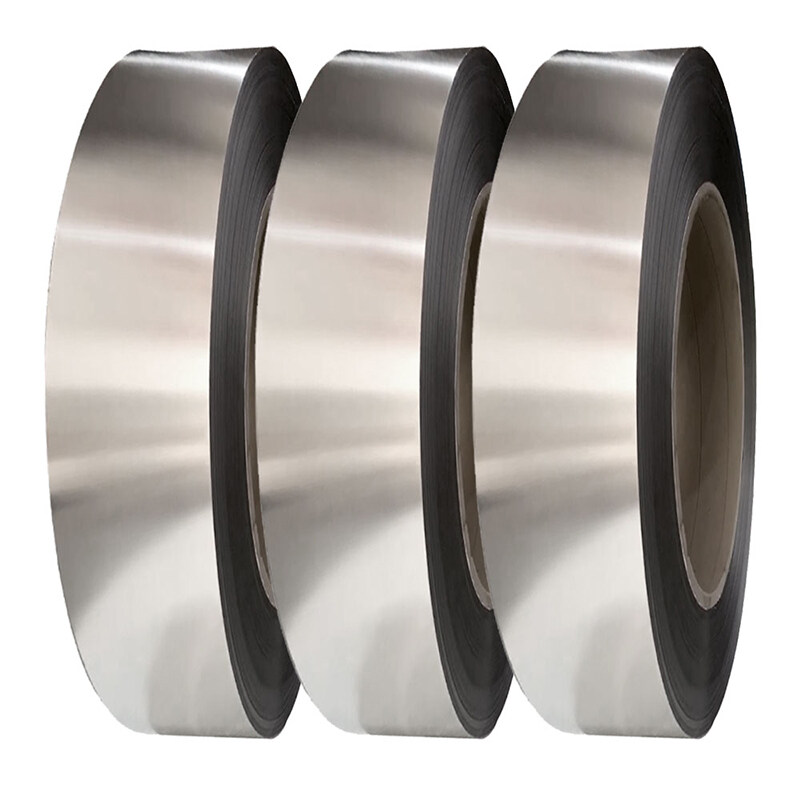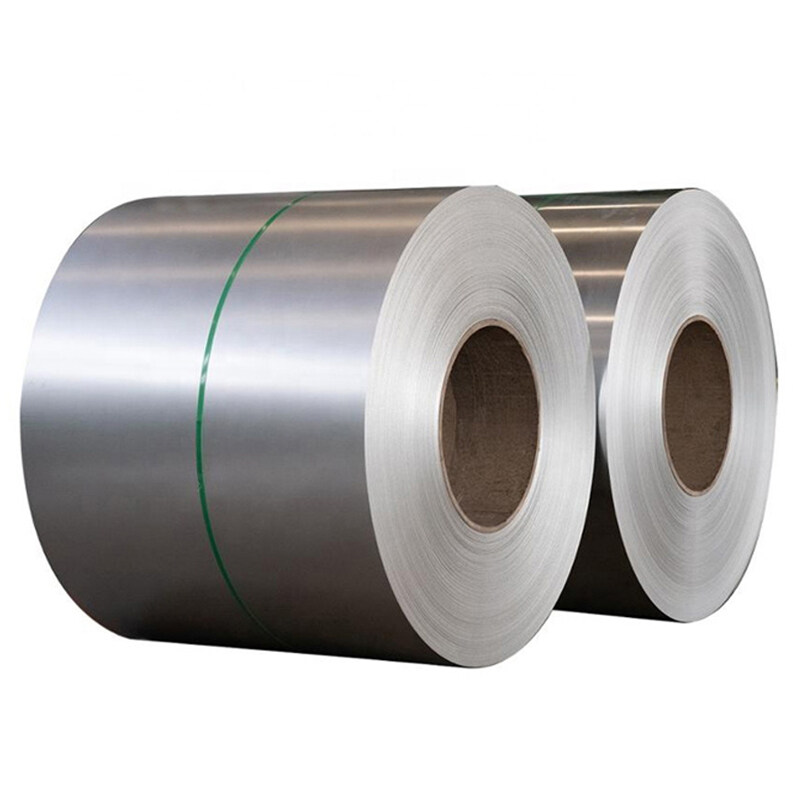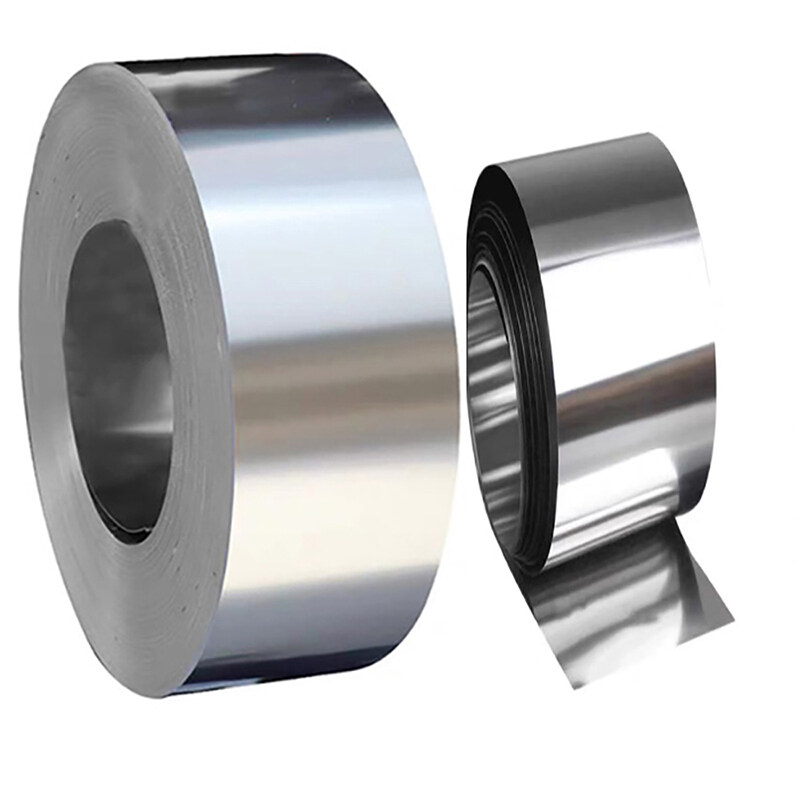Email format error
Email cannot be empty
Email already exists
6-20 characters(letters plus numbers only)
The password is inconsistent
Email format error
Email cannot be empty
Email does not exist
6-20 characters(letters plus numbers only)
The password is inconsistent

2b 304 Precision roll thin stainless steel tape
Our 2B finished grade 304 precision metal alloy raw materials roll thin stainless steel tape is incredibly durable, making it ideal for use in mechanical projects. Its hardness allows it to effectively prevent the penetration of liquids with strong strength. Additionally, you can choose the length of the tape according to your specific needs. If you encounter any issues or have any questions, our team is always available to provide quick and helpful support.
-
200series, 300series, 400series
-
1/4H, 1/2H, 3/4H, H
-
EH, SH
-
2B, 2D, TR, BA, HL
-
Brushed, SF, 4K-12K
-
Customizable
The 2B Finished Grade 304 Precision Metal Alloy Raw Materials Roll Thin Stainless Steel Tape is incredibly durable, making it ideal for use in mechanical projects. Its hardness allows it to effectively prevent the penetration of liquids with strong strength. Moreover, you can choose the size of the tape according to your specific needs. If you meet any question, please just contact with us!
Superior Formability and Weldability:
The 304 stainless steel metal alloy roll is a versatile material that offers excellent formability and weldability, making it easy to fabricate into complex shapes. Its outstanding mechanical properties make it an ideal choice for a wide range of applications in industries such as aerospace, automotive, and oil and gas. This material is highly durable and can withstand wear and tear over time.
A Variety of Application:
Its ability to withstand high temperatures and resist corrosion make it ideal for use in harsh environments, making it applied for a variety of applications, such as, mixing tanks, conveyors, storage containers, surgical instruments, implants, medical devices, exhaust systems, trim, grilles, roofing, gutters, cladding, aircraft engines, landing gear, and structural components.
Wide Range of Advanced Technology for Customization:
The stainless steel metal alloy is highly versatile and can be customized to meet your specific requirements. It can be cast, wrought, extruded, compacted, cold finished, drawn, or hot rolled to achieve the desired shape and properties. We also offer a range of additional processes, including heat treating, descaling, roll forming, punching, stamping, slitting, cutting, and metal spinning, to ensure that our stainless steel meets your exact specifications.
At Shenzhen Qichen Precision Alloy Materials Co., Ltd., we are a top-rated manufacturer and supplier of stainless steel strips in China. We take pride in offering our customers the best customer service and high-quality stainless steel rolls. If you need stainless steel coils and strips, feel free to contact us anytime.
Product Parameter:
|
Material |
201/304/304L/316/316L/430 Stainless Steel Sheet |
|
Technique |
Cold Rolled/ Hot Rolled |
|
Surface |
2B / BA /NO.1/ NO.4/HL/8K/6K |
|
Standard |
AiSi |
|
Hardness |
150HV-570HV |
|
Surface Finish |
2B |
|
Length |
Customized |
|
Thickness |
0.1mm - 3.0mm/ Customized |
|
Certification |
ISO 9001/ IATF16949 |
|
Width |
10mm-600mm or As Request |
|
Tolerance |
±1% |
|
Processing Service |
Bending, Welding, Decoiling, Punching, Cutting |
|
Application |
Electronic Products, Automotive, Medical, etc |
What are the hardness indicators of stainless steel tape?
When purchasing stainless steel strips, it is necessary to contact the hardness of different stainless steel materials. Sometimes the hardness is expressed in different ways, and we need to convert each other. Let's discuss it together.
Brinell hardness (HB)
Press a hardened steel ball of a certain size (generally 10mm in diameter) into the surface of the material with a certain load (generally 3000kg) and keep it for a period of time. After the load is removed, the ratio of the load to its indentation area is the Brinell hardness value ( HB) in kilogram-force/mm2 (N/mm2).
Rockwell hardness (HR)
When HB>450 or the sample is too small, the Brinell hardness test cannot be used and the Rockwell hardness measurement is used instead. It uses a diamond cone with an apex angle of 120° or a steel ball with a diameter of 1.59 and 3.18mm to press into the surface of the tested material under a certain load, and the hardness of the material is obtained from the depth of the indentation. According to the different hardness of the test material, it is expressed in three different scales:
HRA: It is the hardness obtained by using a 60kg load and a diamond cone indenter. It is used for materials with extremely high hardness (such as cemented carbide, etc.).
HRB: It is the hardness obtained by using a 100kg load and a hardened steel ball with a diameter of 1.58mm. It is used for materials with lower hardness (such as annealed steel, cast iron, etc.).
HRC: It is the hardness obtained by using a 150kg load and a diamond cone indenter, and is used for materials with high hardness (such as quenched steel, etc.).
Vickers hardness (HV)
Use a load within 120kg and a diamond square cone indenter with an apex angle of 136° to press into the surface of the material, and divide the surface area of the material indentation pit by the load value, which is the Vickers hardness HV value (kgf/mm2).
Note: A, B, C in HRA, HRB, HRC, etc. in Rockwell hardness are three different standards, called scale A, scale B, scale C. Rockwell hardness test is one of several common indentation hardness tests used today. The initial pressure of the three scales is 98.07N (10kgf), and finally the hardness value is calculated according to the indentation depth.
Scale A uses a ball-cone diamond indenter, then pressurized to 588.4N (60kgf); Scale B uses a steel ball with a diameter of 1.588mm (1/16 inch) as the indenter, and then pressurized to 980.7N (total 100kgf); while the scale C uses the same spherical cone rhombus as the scale A as the indenter, but the force after pressing is 1471N (total 150kgf). Therefore, scale B is suitable for relatively soft materials, while scale C is suitable for harder materials. Practice has proved that among various hardness values of metal materials, there is an approximate corresponding relationship between the hardness value and the strength value.
Because the hardness value is determined by the initial plastic deformation resistance and the continued plastic deformation resistance, the higher the strength of the material, the higher the plastic deformation resistance, and the higher the hardness value. However, the conversion relationship of various materials is not consistent.
